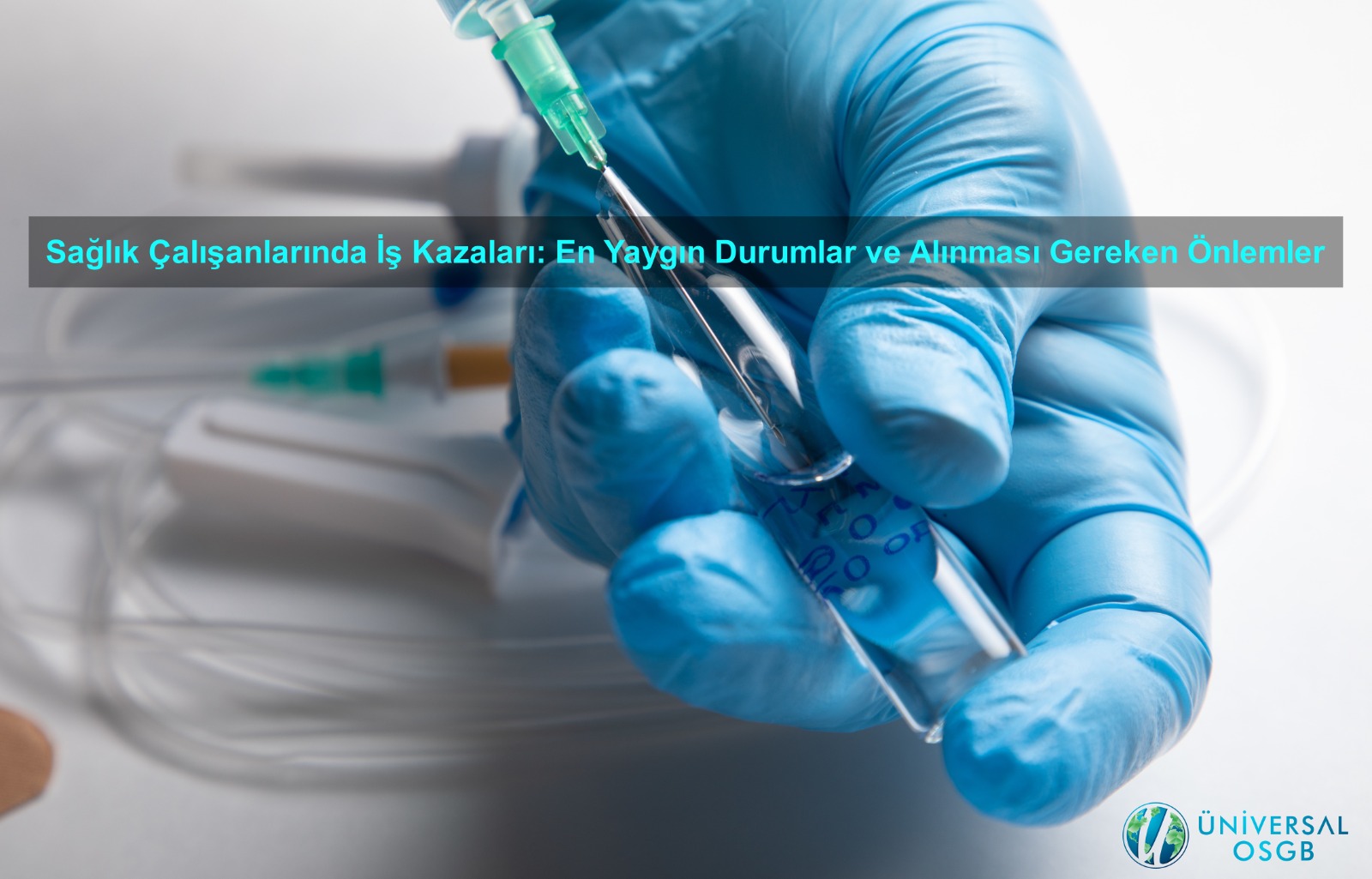
Occupational Accidents in Health Workers: The Most Common Situations and Precautions to be Taken
Health workers face many physical, chemical, biological and psychological hazards while working in hospitals, clinics, laboratories and other health units. This situation increases the risk of occupational accidents. Workplace accidents not only threaten the physical and psychological health of employees, but also can lead to labor loss and costs. It is possible to prevent these accidents in the health sector by providing safe working environments and training employees.
The Most Common Occupational Accidents in Health Workers
Cutting and Penetrating Instrument Injuries
Healthcare workers often face the risk of injury when working with needles, scalpels and other cutting-piercing tools. Such accidents can cause blood-borne infections.
Contact with Infectious Diseases
Healthcare workers may be exposed to diseases such as HIV, hepatitis B and C as a result of contact with patient blood, body fluids or medical waste.
Injuries of the Musculoskeletal System November
Carrying seriously ill patients, incorrect posture and long-term standing work can cause problems such as lower back, back and neck pain in healthcare workers.
Chemical Exposure
Exposure to chemicals used in laboratories and sterilization areas with improper or insufficient protection can lead to health problems.
Psychological and Emotional Traumas
Long working hours, intense stress, and physical or verbal violence from patient relatives can cause burnout syndrome.
Slipping, Falling and Crashing
Such accidents may occur as a result of wet floors, irregular placement or improper use of equipment.
Measures to Be Taken to Prevent Occupational Accidents
Education and Awareness
Employees should be given regular training on occupational health and safety.
Working with cutting tools and infection control procedures should be taught.
Use of Personal Protective Equipment
Protective equipment such as gloves, masks, glasses and aprons should be used correctly.
Employees should make sure that the equipment is properly provided and regularly maintained.
Protection Against Infectious Diseases
The necessary vaccinations of employees, such as the hepatitis B vaccine, should be completed.
Appropriate procedures should be followed in contact with infected materials.
Ergonomic Working Environment
Equipment support should be used during patient transportation (for example, patient lifting devices).
Work areas should be arranged ergonomically.
Chemical Safety Measures
The safety instructions must be followed during the storage and use of chemicals.
Ventilation systems should be checked regularly.
Psychological Support and Combating Violence
Mechanisms should be established to provide psychological support to employees.
Security measures should be increased to prevent physical and verbal violence.
Regular Risk Assessment
Regular risk assessment should be carried out in the working environment, and the factors that may cause accidents should be identified and eliminated.
The maintenance of medical devices and equipment should be carried out periodically.
Health workers are individuals who work selflessly to protect and improve public health. Their protection against occupational accidents is both an individual and an institutional responsibility. Occupational health and safety measures will both improve the quality of life of employees and ensure the more effective provision of health services. It is possible to create an accident-free working environment in the health sector with the right planning, training and applications.
Üniversal OSGB
Occupational Safety and Worker Health Center


